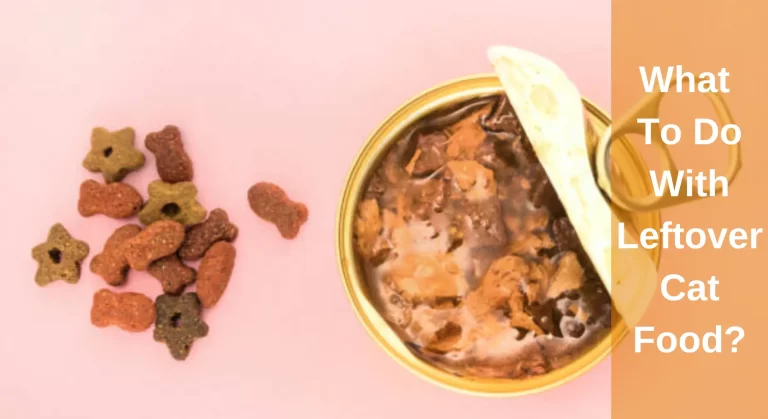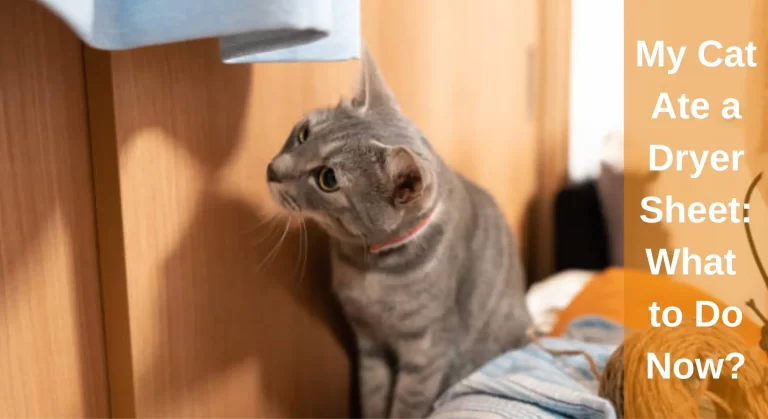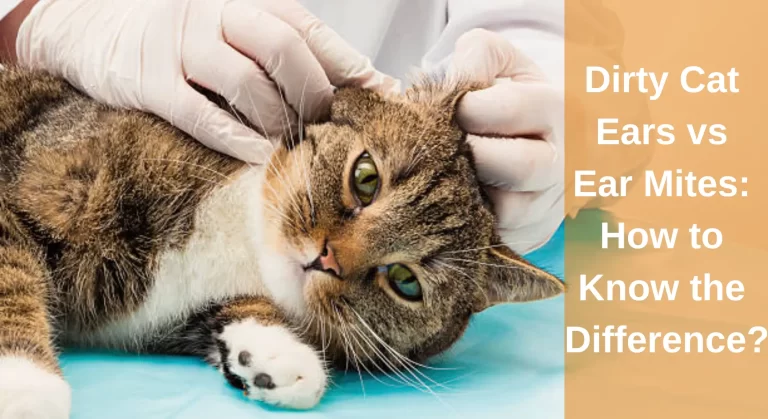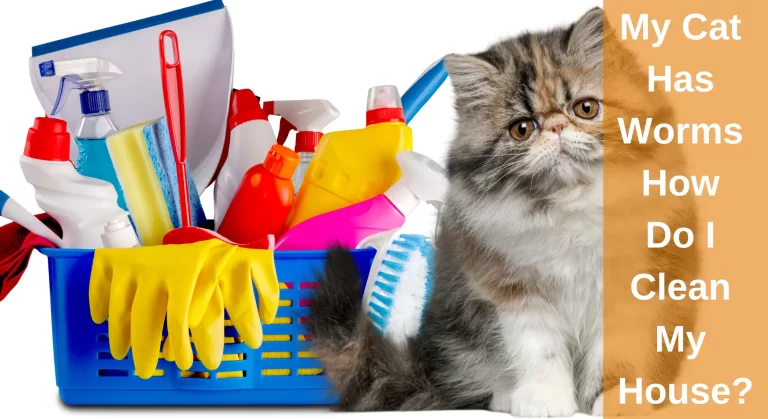Are Ferns Toxic to Cats? Here’s What You Need To know
Ferns are frequently seen in gardens and houses. Among other things, the fern was known to enjoy lasagna and the fictional cat Garfield. Cat owners might wonder whether ferns are safe for their pets. Is this popular houseplant safe for cats to devour, or is it best to keep it out of reach of cats or in a room with closed doors? One commonly asked question is “are ferns toxic to cats?”
According to the ASPCA, cats are not likely to be harmed if they eat a small amount of true ferns. The challenge is pinpointing which plants are “true ferns” and which ones don’t. There are some plants that have the name fern in their name, but they are not true ferns. These plants can sting cats.
Read on to find out which plants are true ferns and which are not, and the symptoms of fern poisoning if your cat ingests a plant which is not a true fern.
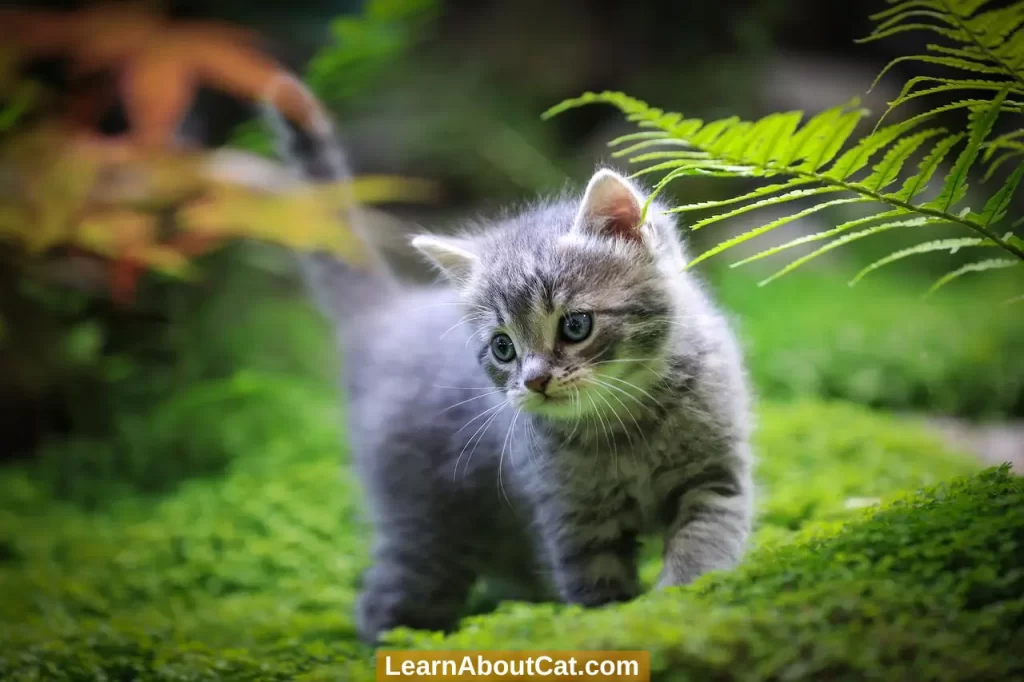
What Are Ferns?
A fern reproduces by spores rather than seeds, which makes it a non-flowering plant. They are found in a variety of environments, from damp forests to dry deserts, and are known for their unique fronds or leaves.
Despite their low maintenance requirements and attractive foliage, ferns are popular houseplants. Various types of ferns are available, from small minis to large tree ferns.
Are Ferns Poisonous To Cats?
True Ferns are not poisonous to cats. In fact, ferns are a popular choice for indoor plants because they are safe for both cats and dogs. This means that you can enjoy the beauty of ferns in your home without worrying about your cat getting sick.
But you should make an effort to prevent your cat from eating the entire plant. There are some plants that resemble ferns that can be hazardous even if they don’t truly belong in the fern family.
Is it Safe for Cats to Eat Ferns?
Fortunately, the majority of real ferns are cat-safe. The ASPCA states that the following plants are real ferns and are often safe for cats:
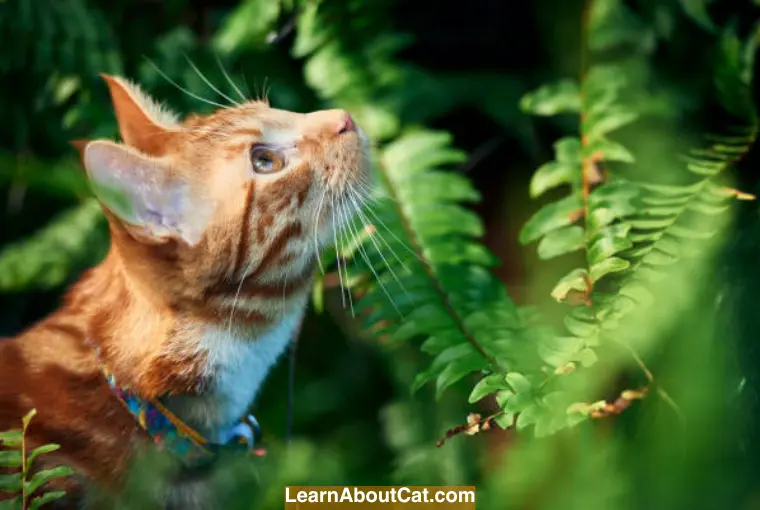
- Cactus fern
- Fern of Boston
- Blade fern
- Deerhorn fern
- Rock fern
- Mother fern
- Fern in maidenhair
- The rabbit’s foot fern
- Bird’s nest fern
The confusion over which plants are truly ferns and which are simply termed “ferns” is the problem in this situation.
Some plants with fern-like names or looks, in contrast to real ferns, which are often safe for cats, can actually be toxic to them. The asparagus fern, a plant that is harmful to cats, is the most common example of this.
Although cats aren’t believed to be poisoned by these plants, any plant might have unpleasant side effects if consumed in excessive quantities by cats.
For instance, if your cat consumes too much Boston fern, she’ll likely feel sick to her stomach. The majority of the time, though, real fern-related symptoms aren’t severe enough to require medical treatment.
Also, Check Out: Is Christmas Cactus Toxic to Cats?
Safe Ferns for Cats
While some ferns are toxic to cats, there are also many safe ferns that you can add to your home. Some safe ferns for cats include:
- Boston Fern: A popular houseplant, Boston ferns have lush, arching fronds, making them excellent houseplants. They are relatively easy to care for, thrive in moderate to bright light, and are safe for cats.
- Maidenhair Fern: Maidenhair ferns are delicate and feathery in appearance. They are a bit more high-maintenance than some other ferns, requiring regular watering and a humid environment, and are generally safe for cats.
- Bird’s Nest Fern: Bird’s nest ferns are named for their bowl-shaped appearance, which resembles a bird’s nest. Their low-maintenance nature makes them adaptable to low-light conditions, and they are safe for cats.
- Staghorn Fern: Staghorn ferns are known for their unique appearance, with fronds that resemble the antlers of a deer. They require a bit more care than some other ferns, including regular watering and misting and are relatively safe for cats.
- Blue Star Fern: Blue star ferns are another low-maintenance plant that is safe for cats.
- Polka Dot Plant: Polka dot plants, while not technically a fern, have similar foliage and are safe for cats.
Toxic Ferns to Avoid
If you’re a cat owner, it’s important to avoid certain ferns that are known to be toxic to cats. These include:
- Asparagus Fern: Asparagus ferns are highly toxic to cats and can cause a range of severe symptoms, including vomiting, diarrhoea, and difficulty breathing.
- Lace Fern: The calcium oxalates found in lace ferns can irritate the mouth and throat and cause swelling.
- Bracken Fern: Bracken ferns contain thiaminase, which can interfere with the absorption of vitamin B1 and lead to a deficiency.
Some other potentially dangerous fern-like plants include hemlock, foxtail, and bracken ferns. The signs of poisonous fern ingestion in your cat might be moderate or quite serious.
Can Ferns Make Cats Sick?
Ferns can make cats sick if they are ingested. Many species of ferns such as Sprengeri ferns, asparagus ferns or lace ferns, are harmful to cats. The berries and toxic leaves of this wispy shrub can cause diarrhoea, vomiting, and stomach pain in your cat.

It’s worth noting that not all ferns are toxic to cats. For example, the Boston fern (Nephrolepis exaltata) is considered to be safe for cats. This plant is non-toxic and can be a great addition to a cat-friendly home.
This doesn’t mean they should regularly consume large amounts of the plant, but if they sometimes eat a few fern leaves, they shouldn’t be harmed.
Check Out: Can Cats Eat Phlox? Is Phlox Dangerous To Cats?
Symptoms of Fern Poisoning in Cats
Although cats may safely consume these ferns, it is still better to prevent them from swallowing large amounts.
There are a few varieties that can be toxic if ingested. Plants that resemble ferns or have the term fern in their names but aren’t genuinely ferns may fall under a distinct set of circumstances. These include the Asparagus Fern, the Leatherleaf Fern, and the Emerald Fern.
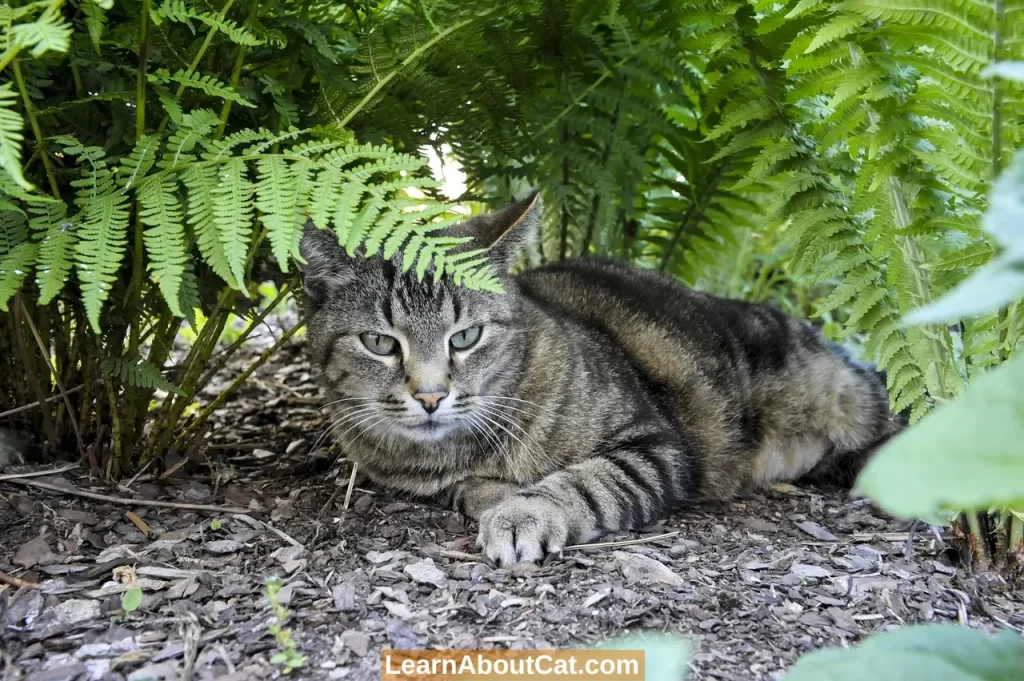
While the leaves of the asparagus fern are harmful on their own, eating the berries can cause gastrointestinal issues. Prolonged exposure may cause severe skin inflammation.
Symptoms of fern poisoning include:
- Diarrhoea.
- Vomiting.
- Feeling queasy
- Drooling.
- Loss of appetite
- Lethargy
- If your cat brushes the fern’s leaves, it might develop pain, boils, or irritation.
What Should I Do If My Cat Eats Fern? – Managing Fern Poisoning
When you suspect your cat has swallowed a fern, you need to treat it immediately. You need to identify the type of fern your cat has eaten before you can determine which one it consumed. The severity of the reaction depends on the species of fern, and some ferns are more toxic than others.
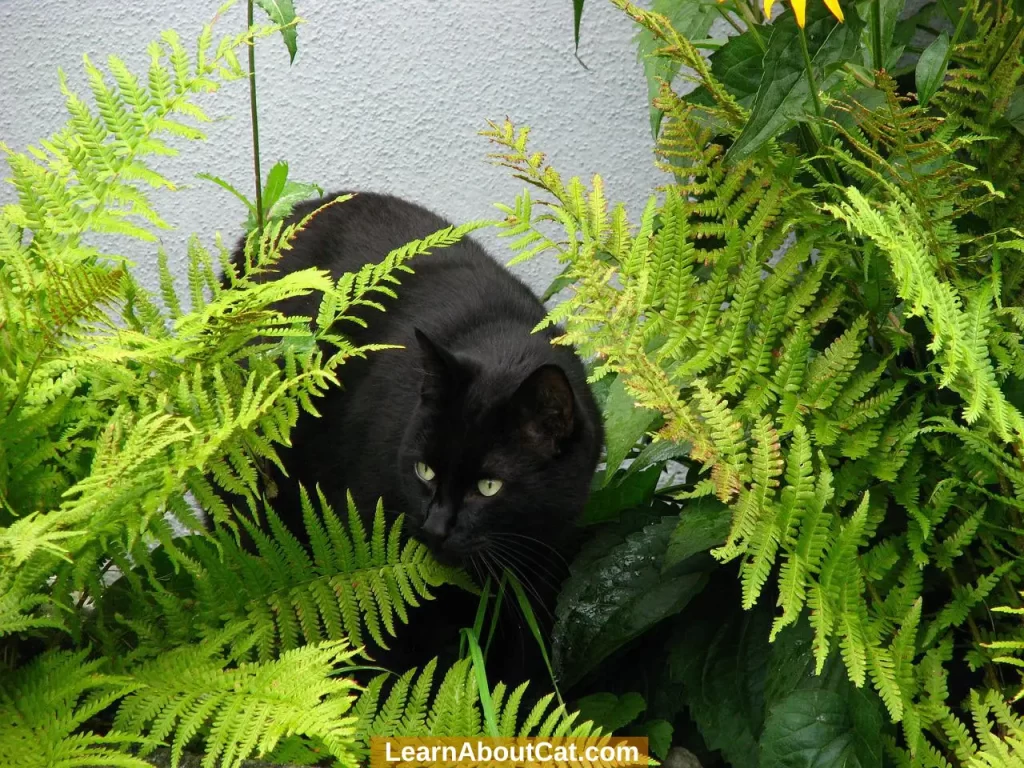
Cats can handle and consume true ferns without becoming sick; however, you must keep an eye out for any suspected symptoms.
When handling dangerous plants, it is advised to seek immediate medical attention. Your cat may experience major medical problems if it eats or rubs against a toxic fern, regardless of whether it was eaten. Visit the vet with your cat for a checkup.
If you can, bring a sample of the fern to the clinic so the staff can identify it and assess how poisonous it is. If it is not a possibility, try to identify it using pictures. Your veterinarian will likely wash off the oils on your cat’s skin and mouth.
Intresting Reading: Are Zinnias Toxic To Cats?
Can I Safely Keep Ferns Inside My Home?
Yes, you can safely keep ferns inside your home, as long as you take appropriate precautions. While some ferns can be toxic to cats, most species are considered non-toxic or only mildly toxic.
There shouldn’t be a need to remove every true fern from your house or yard. Just be careful while choosing a location for your ferns.
Hanging baskets look great in any house and also serve the purpose of preventing your cat from destroying your ferns. Ferns might be put on high shelves as well.
Keep your cat away from known dangerous ferns in your yard by using a fence or netting. You may consider working with a landscaper to get rid of the ferns.
In either case, it’s advisable to focus on pet-friendly plants like bamboo and keep your yard and house clear of any recognised dangerous plants.
plant-based spider

What Additional Indoor Plants are there that Cats can Enjoy?
If you love plants and have a cat, there are various ways to effectively bring greenery into your home. To freshen up your area, think about introducing one or more of the cat-friendly plants listed below:
- A palm tree
- Orchids
- Bamboo
- Mosaic palm
- A pony plant
- The plant with polka dots
In the end, it is our duty as cat owners to protect our furry friends. To do this, a secure environment devoid of toxic plants and other dangers must be established.
Find Out: Is Peperomia Toxic To Cats?
Which Plants are Dangerous to Cats?
It is advised to avoid a few fairly common houseplants if you have curious cats who like to gnaw on stuff around the house since they are poisonous to cats. The following are a few examples of common dangerous houseplants:
- Money Plants: The money plant, also known as crassula, is an easy-to-grow succulent. Like with other succulents, you don’t need to worry about watering them too regularly. These are dangerous to your pet animals, including cats and dogs.
- Sago Palm: Sago’s palms are a typical addition to homes since they may improve the air quality within. These are dangerous to your pet animals, including cats and dogs.
- Snake Plants: Snake plants are perfect for hallways and other indoor locations with limited access to natural light since they flourish in low-light conditions. However, if cats or dogs eat saponins, it might make them throw up and lead to other issues.
- Peace lilies: During the Easter season, peace lilies are very popular. They have gorgeous white blooms and are regarded as low-maintenance plants. However, they do contain calcium oxalates, which can cause your cat to vomit as well as a number of other health problems.
- Aloe vera:The benefits to human health are not the only reason why aloe vera is a popular indoor plant. The plant does not have the same benefits as cats, and consuming it might be harmful.
Also Read: Are ZZ Plants Toxic to Cats?
What Plants are Safe for Cats?
There are many beautiful flowers and plants that you can safely grow inside in addition to the fern, so not all plants are dangerous to cats.
- African Violet: In environments with moderate amounts of humidity and light, the African violet flourishes. Even if you have cats who have the propensity to cut plants when they are hungry, the violet will frequently flourish in a domestic environment and is safe to cultivate.
- Banana Plant: Also known as the weeping fig, the banana plant can be more challenging to grow than other plants due to its huge leaves.
- The Spider Plant: The spider plant is a houseplant that cats may eat without harm. But if your cat often snips the leaf tips off, the spider plant can start to look ragged and aged.
- Venus Flytrap: The odd and interesting carnivorous plant is known as the venus flytrap. The most well-known flytrap is the Venus flytrap, which won’t harm your cat but will close around and devour insects and spiders.
Frequently Asked Questions
Are there any safe ferns for cats to chew on?
Yes, some safe ferns for cats to chew on include cat grass and catnip.
Can cats benefit from having plants in the house?
Yes, cats can benefit from having plants in the house. Plants can help improve air quality and create a calming atmosphere, which can be beneficial for your cat’s overall health and well-being. Plants in your home should be safe for your cat, so make sure you check them out.
Are there any benefits to having ferns in my home besides their aesthetic appeal?
Yes, ferns are known for their air-purifying qualities and can help improve air quality in your home.
Can ferns cause any long-term health effects in cats?
While most ferns only cause mild symptoms in cats, ingesting large quantities of toxic ferns can cause more severe symptoms and potential long-term health effects if not treated promptly.
Are there any alternative houseplants that look similar to ferns but are non-toxic to cats?
Yes, some non-toxic plants that have a similar appearance to ferns include spider plants, bamboo, and bird’s nest ferns.
Wrap UP!
Ferns can be a beautiful addition to your home, but it’s essential to be aware of their toxicity to cats. While most ferns are considered non-toxic, some species can cause mild to severe symptoms if ingested.
The duties that come with pet ownership are many. It is our duty to keep our home and yard secure and free of plants that are toxic and might hurt our animal pals. It’s recommended to avoid introducing something into your home if you have any doubts about it being safe for your cat.
If you suspect your cat has ingested a toxic fern, seek veterinary care immediately. To prevent fern poisoning in cats, make sure to keep toxic ferns out of reach of your cat and consider choosing cat-friendly plants instead.
Related Posts:
Who is Isabella?
My name is Isabella, and I am a dedicated and knowledgeable cat enthusiast. With years of experience caring for cats and a deep love for felines, I made a mission to help other cat lovers navigate the challenges of cat ownership.

